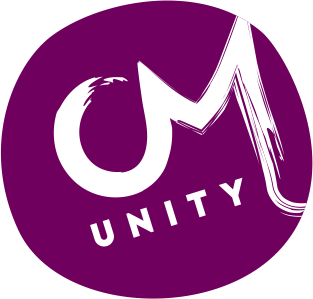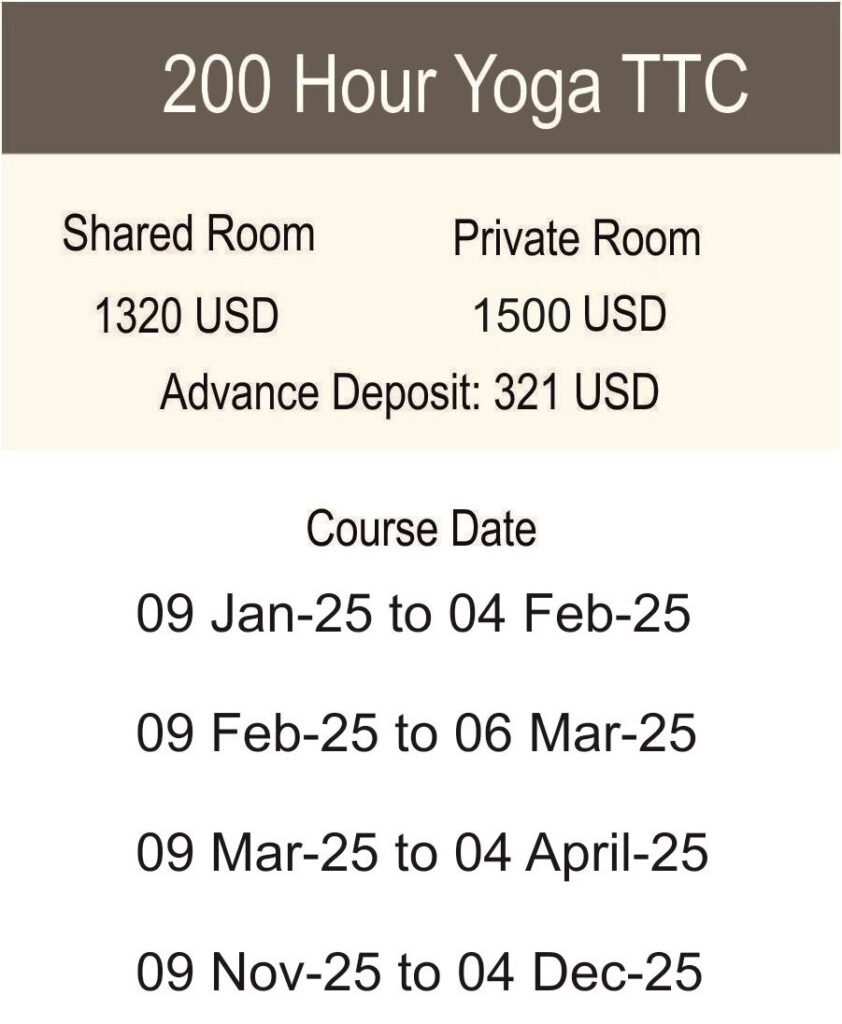



200 hours of Pranayama and Meditation Teacher Training Program
This is a program that trains individuals to become teachers in Pranayama and meditation. It typically involves 200 hours of instruction and practice, and focuses on breath and energy flow. Pranic energy also known as breathing stresses on the spiritual link between body and mind. The vital energy of Prana permeates our body and is its life force.
There are several stellar benefits of joining this meditation and pranayama course, which may inspire you to go ahead with it:
- This course can be done by anyone who wants to learn and teach meditation and pranayama.
- It improves your lifestyle. It enables you to live your ideal and fulfilled life.
- It reduces stress, and it is a known fact that stress reduction improves health.
- In today’s hectic life schedules, one can always increase physical, mental and spiritual energy.
- Meditation helps to focus and train the mind. A trained mind is a major asset if one wants to achieve life’s goals.
The course includes a mix of theoretical and practical training that covers the following aspects:
- Yoga philosophy and its various aspects
- Anatomy and physiology related to yoga practice
- Asanas (postures) and their variations
- Pranayama (breathing exercises) and their techniques
- Meditation and mindfulness practices
- Teaching methodology and classroom management
- Business aspects of teaching yoga
Course Curriculum
- The fundamentals of pranayama. In our 200 hour pranayama course you will learn about prana, the life force of our body and the energy channels or nadis it flows through and the energy centers or chakras. You will learn to align the energy in the right way and of correct quantity and quality to live a healthy balanced life.
- The 5 vital sheaths or Panchkoshas. Every human is a manifestation of five centers of consciousness or sheahs, called koshas. These are the sheaths of mind, food, vitality, intellect and bliss. Our experienced yoga teachers will show you how to use these koshas and uncover your Atman or true self.
- Pranas and chakras. Chakras are the energy centers of the body, and prana helps to activate them. Learn how to activate chakras with the help of pranayama and release positive vibes.
- Nadi and pranayama. While one can say that prana is the life force or energy flowing through our body, the nadis are the pathways through which it travels. Learn about the triumvirate of nadis, prana and chakras and how to best utilize them through meditation and pranayama.
- Meditation and mantra. When you practice deep meditation, the sound released is a mantra. Through prana vidya techniques we will teach you the correlation between prana and mantra and the subtle effect it has on the body when used properly.
- Mudras, bandhas and asanas. Mudras are gestures combined with mental attitude. Bandhas are energy locks and Asanas are the sitting positions used in pranayama and meditation.
- Three aspects of pranayama. The three basics of pranayama are, puraka, the art of inhalation of breath. Kumbhaka or holding of breath, and rechaka which is the exhalation of breath. We teach you the correct technique for deepening it’s benefits.
- History, tradition and philosophy of meditation. Learn the various traditions of meditation prevailing in ancient India. Discover the wisdom inherent in traditions of Advaita Vedanta, Sri Vidya, Classic Yoga, Hatha, Tantra, Buddhism and Taoism.
- Process of meditation. The beneficial effect of meditation on psychology, physiology, neuroscience, anatomy and the nervous system.
- Breath work. Learn the correct procedure of breathing techniques to help in meditation.
- Sequencing in meditation. Learn to use the different asanas, bandhas and pranayamas to aid in deep relaxation and meditation.
- Different types of meditations. Different types of meditation are, relaxing, dynamic, concentration, awareness, chakra, kundalini, yoga nidra, mantra, silent sitting, nada yoga, mindfulness, and pranayama meditation.
- Silence in meditation. Silence is the core of meditation, learn to use it to your advantage.
- Postures in meditation. Learn about the proper seating asanas for meditation and how to correct common problems associated with it.
- Yogic sleep. Yoga nidra is a deep relaxation technique. Learn how to be in a state between waking and sleeping.
Course Details:
- Introduction to pranayama and meditation (15 hours)
- History and philosophy of pranayama and meditation
- Benefits and research behind the practices
- Basic techniques for breathing and meditation
- Pranayama techniques (60 hours)
- Understanding the different pranayama techniques such as Nadi Shodhana, Kapalbhati, Bhastrika, Ujjayi, etc.
- Practice and mastery of these techniques
- Understanding the benefits of each technique and when to use them
- Meditation techniques (60 hours)
- Understanding the different meditation techniques such as Vipassana, Loving-Kindness, Transcendental, etc.
- Practice and mastery of these techniques
- Understanding the benefits of each technique and when to use them
- Anatomy and physiology (10 hours)
- Understanding how pranayama and meditation affect the body and mind
- The science behind breathing and its impact on the body
- The role of the nervous system in pranayama and meditation
- Teaching and practice (55 hours)
- Understanding how to teach pranayama and meditation to others
- Practicing teaching techniques and receiving feedback
- Incorporating pranayama and meditation into a yoga practice or other fitness routine
Overall, this 200-hour pranayama and meditation training program would provide a comprehensive understanding of these practices, their benefits, and how to teach them to others.
Tentative Daily Schedule:
07.00 to 7:30 – Yogic Kriya Practice
07.30 to 9:00 – Hatha Yoga asanas, Pranayama Practice
09.00 to 10:00 – Breakfast
10.15 to 11:30 – Pranayama & Meditation and it’s philosophy
11:30 to 11:45 – Tea Break
11:45 to 12:45 – Anatomy & Art of Teaching
12:45 to 16:00 – Lunch and rest
16:00 to 17:30 – Hatha Yoga asanas, Pranayama Practice
18:15 to 19:30 – Meditation
19.30 to 20:30 – Dinner
100 Hours + 100 Hours Yoga TTC
At OM Unity, we wish to be accommodative to those for whom taking a month off from their daily life to do the Yoga Teacher Training might be challenging. There is an option of dividing the training into two parts and coming twice for two weeks to do 100 Hours of the course at a convenient time.
Meditation is a mind-training practice that involves training the mind to focus and achieve a state of calmness and relaxation. Various techniques are used while meditating, such as mindfulness and breathing exercises. It has been shown to have numerous benefits for mental and physical health.
It is advisable to learn meditation with a skilled teacher. They help you by providing guidance on techniques, offering personalized instruction, answering questions, and providing support and encouragement along the way. They can also help to create a safe and supportive environment for practicing meditation.
Pranayama is a traditional yogic practice of controlling the breath in order to improve mental and physical well-being. It involves various breathing techniques that can help reduce stress, increase energy, and improve overall health.
It has many different traditions and techniques. Each tradition has its own specific techniques and focuses on different aspects of breathing, such as increasing lung capacity, promoting relaxation, cooling and balancing energy within the body. It’s important to consult with a qualified yoga teacher before practicing pranayama, as some techniques may not be appropriate for certain individuals or health conditions.

